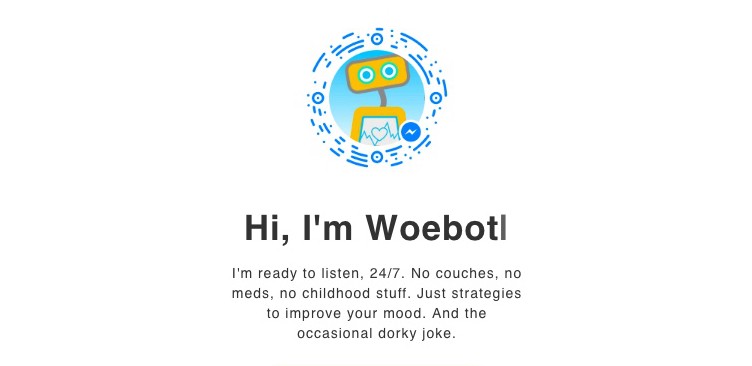No ratings yet. For our Digital Strategy Project, we conducted an in-depth analysis of the HTC Corporation and formulated a new digital strategy to transform the company in the next 5 years. The main aspects touched upon are the history of HTC as a company, the company industry operates, the current business and digital strategy of the company, a new digital strategy proposal, a set of digital initiatives that will allow the proposed new digital strategy to be carried out, and finally a few managerial recommendations.
HTC is a Taiwanese consumer electronics manufacturer that originally started designing handheld devices for other brands such as Microsoft. It is until 2007 that HTC started to offer smartphones to the market with its own branding. With many pioneering innovations HTC was in 2011 shortly the largest smartphone seller in the U.S. However, things started to go downhill for HTC during 2012. HTC has seen its market share of high-end mobile phone device diminish due to the increased popularity of Apple and Samsung, and in the mid and low-end portions of the market, the emergence of players like Huawei and Xiaomi.
The current business can be divided into the HTC brand and the Powered by HTC division. While the HTC brand can be divided into the core smartphone business and diversification efforts grouped under Connected devices. Since 2014, HTC has begun to diversify its product offerings by entering new markets. As a first effort in the domain of wearables, HTC has launched the UA Healthbox. The company also entered the field of virtual reality (VR) in 2015 with the HTC VIVE.
HTC’s new product strategy in the company’s biggest business, the smartphone business, is to develop high quality mid- to top tier smartphones. HTC’s smartphones are brought to the customer primarily through partnerships with global telecom operators. The company has a routine of developing separate marketing campaigns for each new flagship and product line, and name changing is a frequent used tactic in marketing efforts. HTC’s focus on R&D is clearly visible in the number of innovations and ‘firsts’ the company has had. This production process is achieved with a customized pull strategy allowing the company to fast design the demanded products, which in turn reduces its production costs.
There are three key areas where HTC can leverage its innovative engineering capabilities. Firstly, the upcoming VR technology offers a wide range of possible applications besides consumer applications. Secondly, venturing into the domain of Internet of Things (IoT) can be a reasonable plan to ensure HTC’s survival. The interconnected world of today in increasingly including more physical objects expected to reach at least 50 billion in the next decade with huge economic impact. Lastly, commercial applications of 3D printing, best known as additive manufacturing in the business sphere can provide several benefits in the manufacturing process not only making production of components faster and cheaper but also offers a whole new dimension of product customization.
On the other hand, there are imminent threats highlighting need for improvement of company weaknesses. In terms of financial power, the biggest players in the smartphone market, Apple and Monetary prowess gives these big players the ability to obtain resources and competitive advantages that HTC cannot compete with. Nevertheless, the source of HTC’s low brand awareness has a lot to do with the marketing strategy the company has employed with its smartphone business. Countless devices released in all segments in short periods of time midsize and high value smartphones often have similar product names, is a strategy that did not lead to favorable results for the company.
Assessing developments in HTC’s environment and the company’s current condition we formulate a new digital strategy for the company that primarily aims to reinforce the competitive position of the company in the core smartphone business and provide additional promotion and popularization of the promising VR business. So, the new digital strategy consists of two key components:
1. Implementation of 3D printing preserving differentiation when limiting number of smartphone products
2. Utilization of HTC VIVE Virtual Reality for an experiential marketing approach promoting smartphone and VR business
Given the state of business HTC is currently in, customer demand and the disruptive power and benefits additive manufacturing offers we argue for application of this manufacturing technique. Because it is impossible to turnaround the strategy of a company of the size of HTC overnight, we recommend starting with a small part of production. There is an increasing demand for customized products that are tailored specifically for a customer. Customization of design is an effective way to satisfy customer demand and gain brand loyalty. By offering mass customization of the looks of the phone, HTC offers a personalized phone and enables personalized brand experiences.
HTC entered the VR business because it promises to be a lucrative market. Unfortunately, the total market growth has failed to meet expectations, the short-term adoption is not going to be as strong as predicted, and VR/AR is not expected to be as disruptive as mobile phones. However, next to just selling its VR/AR VIVE equipment, HTC could apply this technique to enhance the proposed (mass) customization strategy and additive manufacturing initiative. First, it offers to promote the customization initiative of its smartphones. The second benefit is that it also offers consumers the opportunity to see/experience the customized phone before ordering.
The proposed digital initiatives have a good fit with the current business model considering HTC is very good at manufacturing and designing phones and can build on its production and design strengths with the proposed strategy and digital initiatives. Strengthening the HTC brand, promoting the customization initiative of its smartphones and improving the customer experience.
Finally, we recommend HTC managers to leverage the company’s capabilities by applicating the stated initiatives assuming the financial means are sufficient, and the minor health risks associated with VR are easily controlled.
Reference:
HTC Digital Strategy Project (2017), Group 57.

![Digital Strategy Project – HTC [Group 57]](https://digitalstrategy.rsm.nl/wp-content/uploads/2016/08/htc-hq.jpg)
![Technology of the week – Disruption in the Art Auction Industry [Group 57]](https://digitalstrategy.rsm.nl/wp-content/uploads/2017/10/Chinese-Art-Auction.jpeg)

